The Importance of Commercial Kitchen Ventilation: A Guide for Restaurant Owners
Operating a successful restaurant involves more than just crafting delectable dishes and providing exceptional service. One aspect that often goes unnoticed, but plays a crucial role in the overall functioning of a restaurant, is commercial kitchen ventilation. This often-underestimated system is not just about removing cooking odors; it is an essential component that ensures the health and safety of both your staff and customers. In this comprehensive guide, we will delve into the significance of commercial kitchen ventilation and why restaurant owners should prioritize its installation and maintenance.
What is Commercial Kitchen Ventilation
Commercial kitchen ventilation involves a complex system that aids in maintaining a clean, safe, and comfortable environment within a restaurant’s kitchen space. This system encompasses exhaust hoods, ductwork, fans, and filters, working in unison to achieve the following objectives:
Removal of Smoke and Odors
The process of cooking inevitably releases smoke, grease, and strong odors into the air. Without an effective ventilation system, these byproducts can linger, leading to an unpleasant dining experience for customers and an uncomfortable working environment for kitchen staff. Proper ventilation ensures that these elements are swiftly removed, preserving the ambiance of your restaurant and preventing any negative impact on your reputation.
Mitigation of Heat
Commercial kitchens generate a significant amount of heat due to cooking appliances, such as stoves, ovens, and grills. High temperatures can lead to discomfort for kitchen staff, affect the performance of appliances, and even compromise the structural integrity of your kitchen. An efficient ventilation system helps in dissipating excess heat, maintaining a more comfortable workspace for your team.
Prevention of Airborne Contaminants
Cooking processes, particularly those involving high heat, can release airborne contaminants such as carbon monoxide, grease particles, and volatile organic compounds (VOCs). These pollutants pose a serious health risk to both kitchen staff and customers if not properly managed. Commercial kitchen ventilation systems are designed to capture and expel these harmful substances, promoting a healthier environment.
Fire Prevention
Grease buildup within ducts and exhaust systems can be a fire hazard. An uncleaned ventilation system can ignite, leading to devastating fires that endanger lives, property, and your business as a whole. Routine maintenance and proper cleaning of ventilation components significantly reduce the risk of such incidents, ensuring the safety of your establishment.
Compliance with Regulations
Health and safety regulations require commercial kitchens to maintain proper ventilation systems. Non-compliance can result in fines, legal issues, and even the closure of your restaurant. By adhering to ventilation standards, you not only safeguard your business but also demonstrate your commitment to the well-being of your staff and customers.
Choosing the Right Ventilation System
Selecting the appropriate ventilation system for your restaurant is a crucial decision that depends on various factors, including kitchen size, layout, cooking equipment, and menu offerings. There are two primary types of commercial kitchen ventilation systems:
Exhaust-only Systems
Exhaust-only systems focus on expelling air from the kitchen to the outside. They are commonly used in smaller establishments with limited cooking equipment. While these systems are simpler and more affordable to install, they might not be suitable for kitchens with high cooking volumes or heavy-duty appliances.
Air Replacement Systems
Air replacement systems, also known as makeup air systems, replace the exhausted air with fresh outdoor air, ensuring proper air balance within the kitchen. These systems are ideal for larger kitchens and those using powerful cooking equipment. They help prevent negative air pressure, which can lead to various issues such as backdrafting of exhaust gases from appliances.
When selecting a ventilation system, it’s advisable to consult with professionals who specialize in kitchen ventilation. They can assess your kitchen’s specific needs and recommend a system that aligns with both regulatory requirements and the demands of your culinary operations.
Maintenance and Regular Inspections
The installation of a commercial kitchen ventilation system is just the beginning. To ensure its continued effectiveness and longevity, regular maintenance and inspections are paramount. Here are some key steps to consider:
Cleaning and Grease Removal
Grease buildup within the exhaust hoods, ductwork, and fans can severely impede the functionality of the ventilation system and increase the risk of fires. Regular cleaning and degreasing of these components are essential to maintain optimal performance.
Airflow Testing
Periodic airflow testing helps assess the system’s efficiency. Any deviations from the recommended airflow rates indicate potential issues that require attention.
Filter Replacement
Filters capture grease and particulate matter, preventing them from entering the ductwork. These filters should be replaced or cleaned regularly to prevent blockages and maintain efficient airflow.
Fan Maintenance
Fans play a critical role in expelling air from the kitchen. Regular inspections ensure that fans are working correctly, minimizing disruptions to your operations.
Conclusion
While often overlooked, commercial kitchen ventilation is a fundamental aspect of running a successful restaurant. It goes beyond merely eliminating cooking odors; it safeguards the health of your staff, patrons, and the longevity of your business. By investing in the right ventilation system, adhering to maintenance protocols, and complying with regulations, restaurant owners can create a safer, more comfortable, and enjoyable dining experience for everyone. Remember, a well-ventilated kitchen isn’t just a luxury—it’s a necessity.
 We’re closed for the holidays and will resume dispatching orders on 6th January. Wishing you a Merry Christmas and Happy New Year!
We’re closed for the holidays and will resume dispatching orders on 6th January. Wishing you a Merry Christmas and Happy New Year!


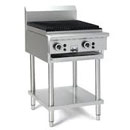
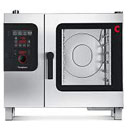
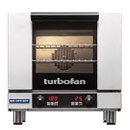
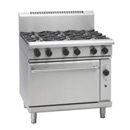
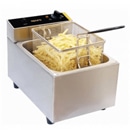
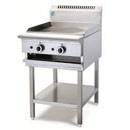
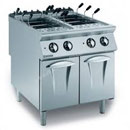
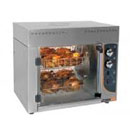
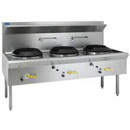
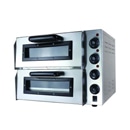
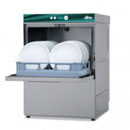
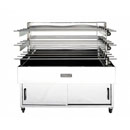
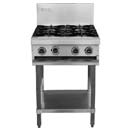

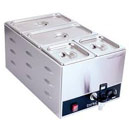
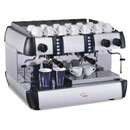
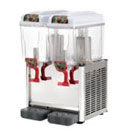
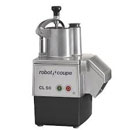
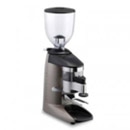
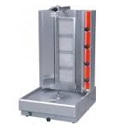
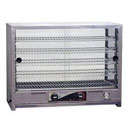
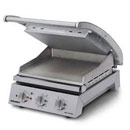
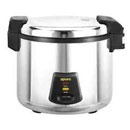
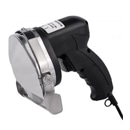
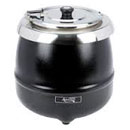
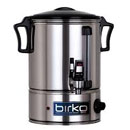
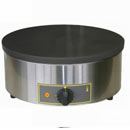
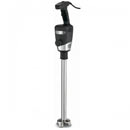
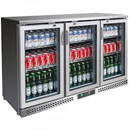
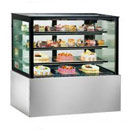
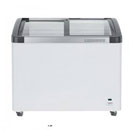
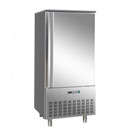
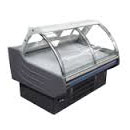
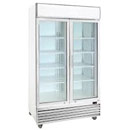
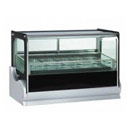
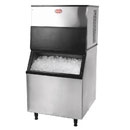
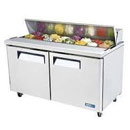
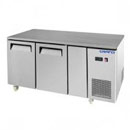
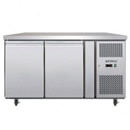
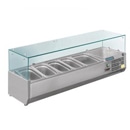
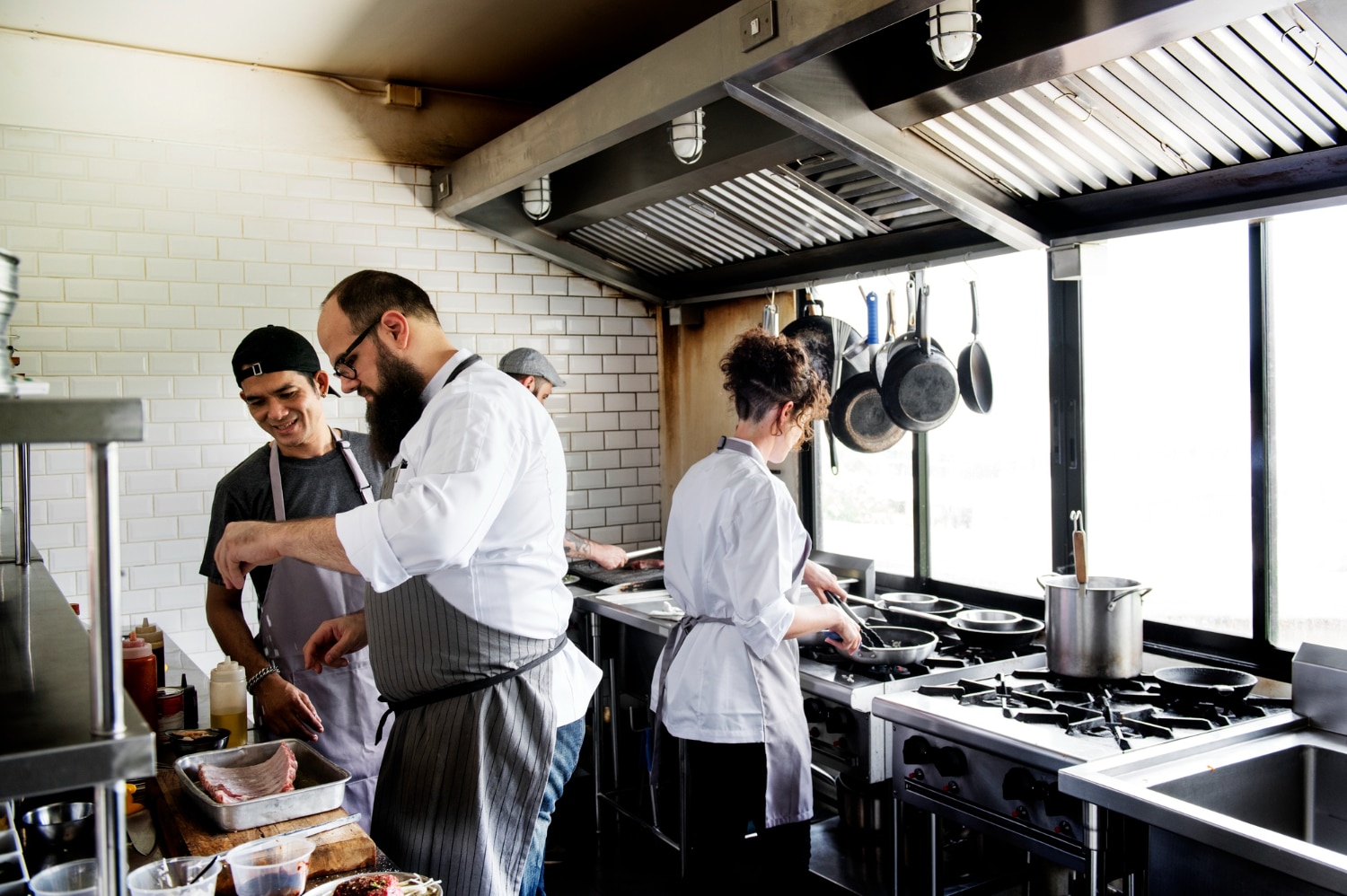




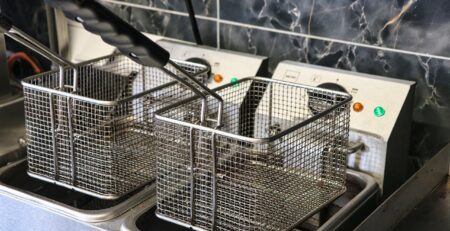


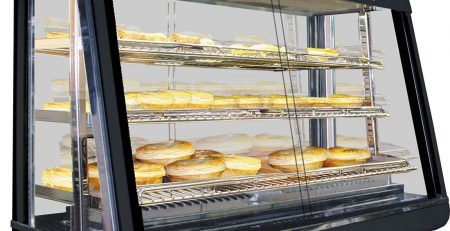

Leave a Reply